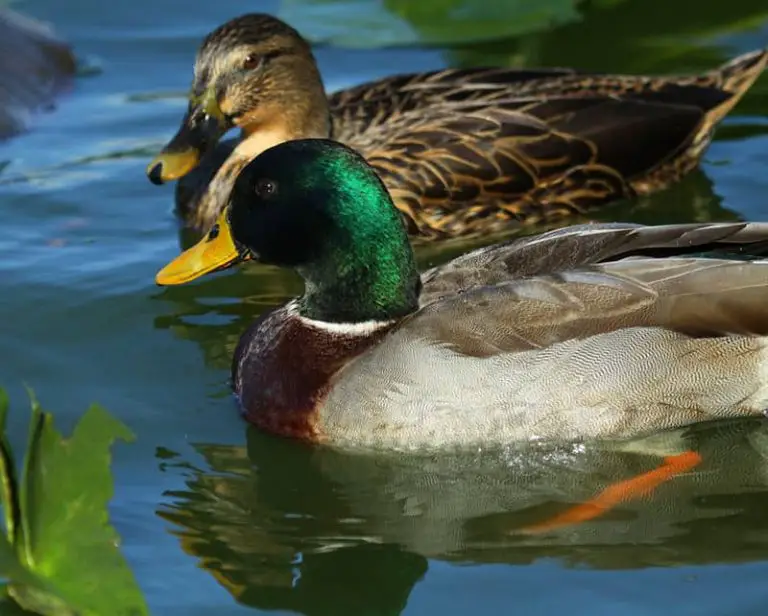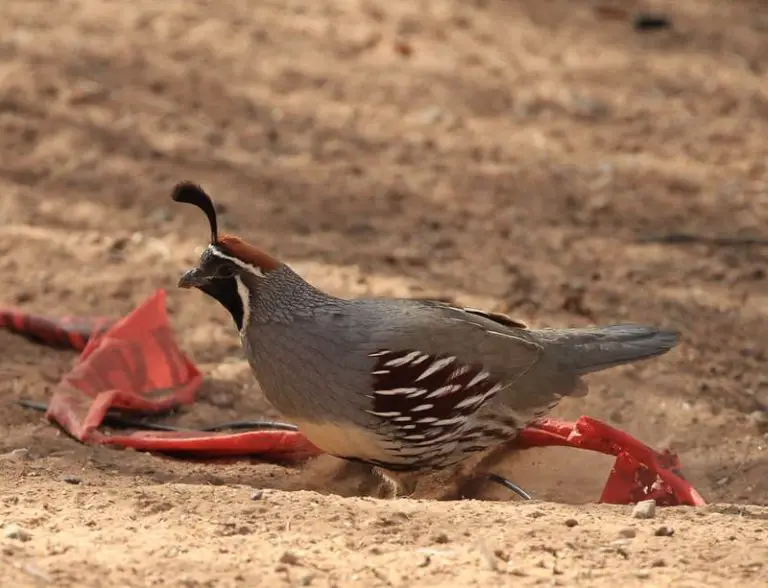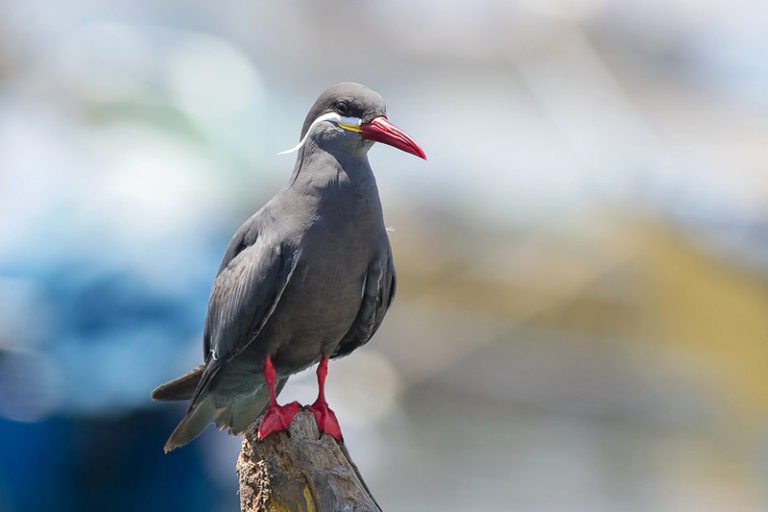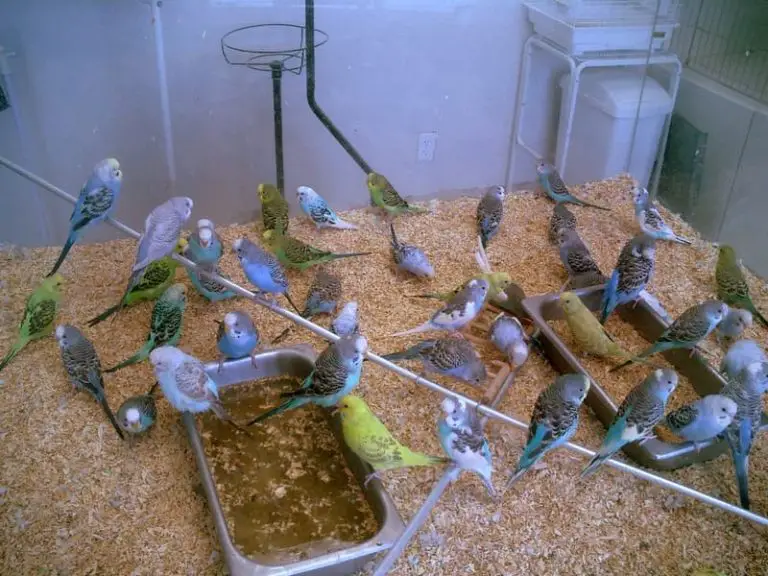What Temperature is Too Cold For Baby Ducks? (Temperature Chart Included)
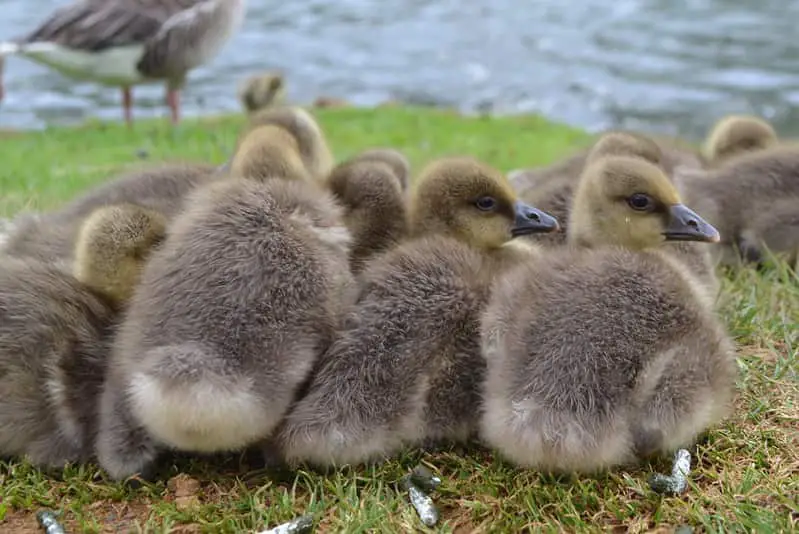
What temperature is too cold for baby ducks?
Ducks by their dense plumage have an incredible resistance to the cold, their feathers are perfectly adapted to retain the heat of their bodies, but this ability is not fully developed in baby ducks whose plumage will be developed over time.
All poultry, including ducks, are very susceptible to hypothermia since in their first days of life they lack thermoregulation, excess cold can cause the death of the duck.
In order to warm up, the ducklings tend to join each other and this is usually one of the most evident signs that the temperature is too cold.
A duck’s body temperature ranges from 40-42 °C which they need to keep constant so as not to feel affected, but when a duck is exposed to a strong cold it’s body cannot replenish its heat reserves which can cause hypothermia and different discomforts caused by the cold.
To understand what temperature is too cold for a duck, let’s divide it into three degrees of affection that go from low degree to deep degree.
In the low grade, the duck’s body heat drops to 30-35 °C
In the intermediate grade, your body temperature drops to 28-25 °C
Deep grade the duck body temperature drops to 20-15 °C
To maintain its body heat in the first week of its life, the duck must be in an environment with an average temperature of 30°C, below this temperature the duckling’s body heat will begin to drop.
Duckling temperature chart
| Day | Heat source temperature | Room temperature |
| 1-3 | 30 ºC | 24 ºC |
| 4-7 | 28 ºC | 22 ºC |
| 8-14 | 26-21 ºC | 20 ºC |
| 15-21 | 18 ºC | 18 ºC |
| 22-28 | 18 ºC | 18 ºC |
When can ducklings go outside?
The time that the ducklings can go outside will depend on some factors, such as the specific place where they are located (countries that have different climatic conditions) and if the ducklings should go out with the mother or only as artificial breeding ducklings.
To determine when to release and whether the ducklings are outdoors, it is important to understand when the bird is growing. Have information about when the plumage appears, the temperature range required to walk outside safely.
There are different opinions among bird breeders, as to what is the optimal age for ducklings to go outside, there are many arguments for and against if the ducklings can go outside in the first days.
Some say that if the ducklings try to squawk, it’s time to take them outside. Under natural conditions, ducklings immediately begin to live outdoors, learning to swim, dive and feed themselves at several days of age.
These arguments are logical. The only thing that should not be ignored is the important difference that exists from wild birds to domestic birds that have been adapted to human nutrition and breed in an artificial environment.
Therefore, we will consider, one by one, all the factors that affect the release period.
It is best if the ducklings are bred during the warm season such as summer. Then the ducklings will grow faster, feed themselves and gain weight. In this case, it is already allowed for 3 or 4 days to gradually bring the ducklings outdoors during the day.
Raising the ducklings in summer, apart from the benefit of being able to let them out into the environment in a few days, also offers the benefit of being able to raise them without the need for heating lamps.
This is especially important in houses where there is no constant or stable electricity and natural means are required to ensure the rearing of the ducklings.
At a temperature of 14 degrees, walking outside is simply necessary. It is believed that the ducklings would fly faster and easier if they previously had the opportunity to swim, dive and learn to swim.
The weight gain, muscle mass in such ducks is more efficient.
Important to remember, that it is not the same when talking about outside ambient temperature, as the internal body temperature of a duck.
Many beginner duck breeders make the mistake of taking the ducks out at a very early age in very cold weather, which causes them hypothermia, resulting in fatal consequences for the duck.
As a general rule, the safest thing to do is to keep the duck in a safe and warm place for the first 4 weeks and to alternate the exits whenever possible and when the weather allows it. Between 8-9 weeks is a safe time to let the ducks out more safely.
What happens if ducklings get cold?
If the duck’s temperature drops its physical activity will also drop, it will look cuddly and calm, its food intake will also be reduced considerably.
Another feeling that they are suffering a lot of colds is that they make their squawking much louder and constant.
One of the most noticeable visible signs if a duck is very cold is trembling, lethargy is also another very visible sign, that is, it is very easy to warn if a duck is feeling too cold.
If a duck is exposed to the cold to the point of hypothermia, there are several things you can do to help it warm up a little.
First and foremost, if you have a heating lamp, put the chick under the lamp.
If you don’t have a heating lamp, you can improvise a little bit, put a warm rag on the stove or some other source of heat, put your palms down and put the rag on top.
Try to hold on to the stove as long as you can and move the rag between your hands so that everything heats up without burning your hands.
Wrap the duck up in the rag and if you can, put the chicken in it between your shirt and sit down for a few minutes.
If you have trouble understanding the explanation, the idea is to heat the rag indirectly in a heat source (like a stove), hot enough without burning your hands.
Wrap your duck in the rag, obviously, the rag should be just hot enough to feel comfortable, not burning.
What type of heat lamp is required for ducklings?
If you have an incubator and remove your ducklings, or if your ducklings are simply exposed to a very cold ambient climate, you must urgently provide them with an efficient, economical, and safe source of heat.
The comfortable warmth of an infrared heater as a heat lamp for the ducklings has been appreciated by many private and commercial breeders for many decades.
Infrared bulbs, also known as red light bulbs or infrared emitters, are mostly used in different watts for poultry farming. In a lampshade with a protective grid, they offer ducklings a cozy red light.
The intensity of the heat can be controlled both by the power (wattage) of the lamp variant and by the height at which the lamp hangs over the duck. The closer the lamp is placed to the duck, the warmer the area around the duck.
It is not recommended to use completely unsuitable means such as hot water bottles, blankets, or alternative light sources.
This is not a substitute for a red light lamp and does not provide the heat needed to keep the duck at a suitable temperature.
Proper placement of the duck heating lamp
Under the mother’s wing, the temperature for the ducklings remains constant at 38 to 39°C. Without this vital heat, the ducklings could suffer from hypothermia and die quickly.
The best way to hang the lamp over the rack is to light only one part or corner of the cage. On the floor, in the center under the lamp, you can measure the temperature with a normal thermometer (for inside or outside).
If you do not have a thermometer, the distance from the lamp to the floor should be about 50 to 60 centimeters.
At this spot, the heat should then be 35 to 38 degrees. If the duck gets too hot, it can simply move to a different part of its cage and thus regulate the temperature by itself. If it gets too cold, it will automatically return to the center.

